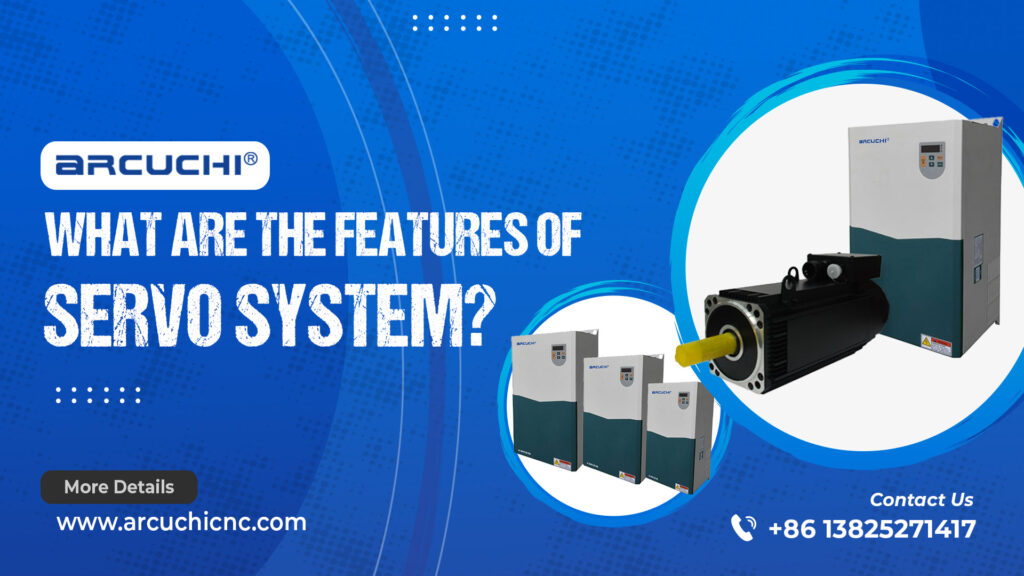In today’s rapidly advancing technological landscape, precision and efficiency are paramount, particularly in industrial applications such as robotics, CNC machinery, and injection molding. Servo systems have emerged as essential components in achieving these goals. But what exactly is a servo system, and what features make it so indispensable? In this blog post, we’ll delve into the key features of a servo system for injection molding machine and explore why they are crucial for modern manufacturing and automation processes.

What is a Servo System?
A servo system controller is an automated, closed-loop system that uses feedback to achieve precise control of mechanical positions, velocities, and accelerations. It typically consists of a servo motor, a controller, and a feedback device (such as an encoder). These components work together to ensure that the output of the system closely follows the desired input or set point.
Key Features of a Servo System
High Precision and Accuracy
Servo motor systems are designed to offer high precision and accuracy in controlling movement. The feedback mechanism constantly monitors the position and velocity of the motor and makes real-time adjustments to minimize errors. This level of precision is crucial in applications where exact positioning is required, such as in robotics, CNC machinery, and injection molding.
Fast Response Time
One of the standout features of servo systems is their rapid response time. They can quickly adjust to changes in input signals, ensuring smooth and responsive operation. This quick response is vital in dynamic environments where speed and adaptability are necessary.
High Torque-to-Inertia Ratio
Servo motors are known for their high torque-to-inertia ratio, which allows them to accelerate and decelerate rapidly without losing control. This feature makes them ideal for applications requiring quick starts and stops, such as conveyor systems and automated production lines.
Closed-Loop Feedback System
The closed-loop feedback system is at the heart of a servo system’s precision. It continuously compares the actual position of the motor with the desired position and makes necessary corrections. This constant monitoring and adjustment ensure that the system maintains high accuracy and stability.
Programmability and Flexibility
Modern servo motor systems come with advanced programmable controllers that allow users to customize and fine-tune their operation. This flexibility enables the servo system to handle a wide range of tasks and adapt to various industrial applications. Users can set parameters for speed, position, and torque, making the system highly versatile.
Energy Efficiency
Servo systems are designed to be energy efficient. They only draw power when needed, reducing overall energy consumption. This efficiency not only lowers operational costs but also contributes to a more sustainable manufacturing process.
Low Maintenance Requirements
Due to their robust design and reliable components, servo drive systems generally require low maintenance. The use of advanced materials and technologies minimizes wear and tear, extending the lifespan of the system and reducing downtime.
